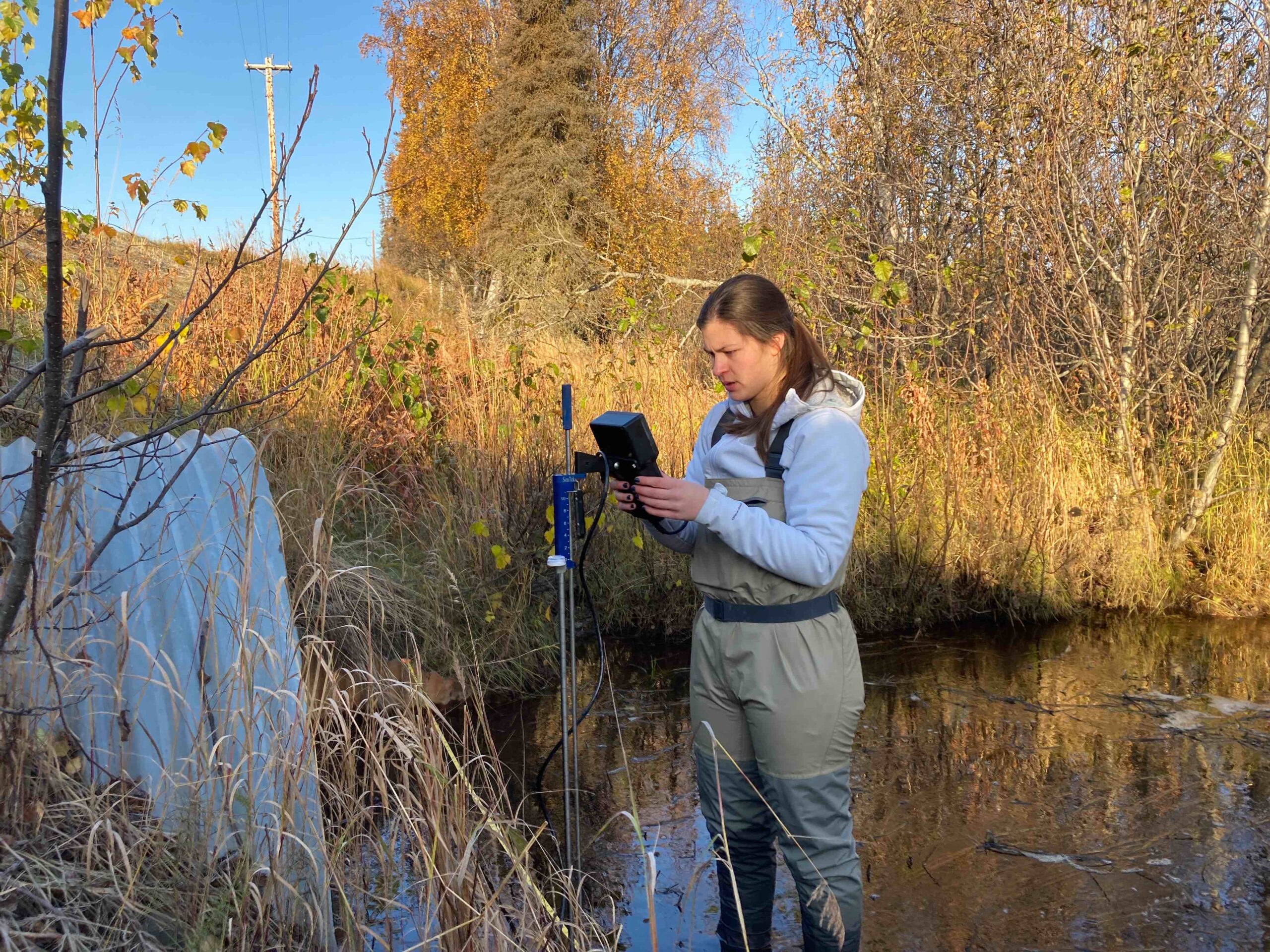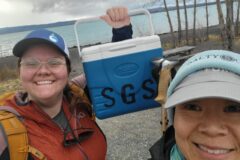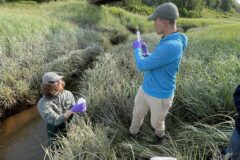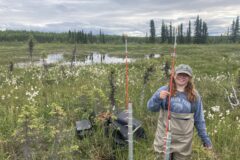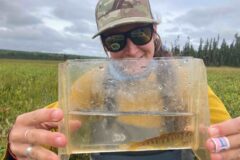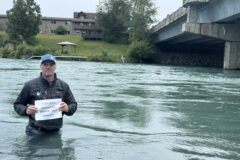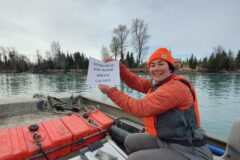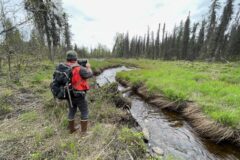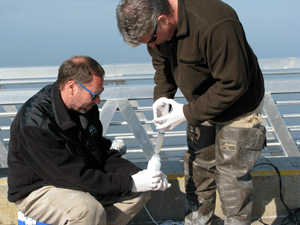
“It is now universally accepted that water is an essential primary natural resource upon which nearly all social and economic activities and ecosystem functions depend.”
– The United Nations World Water Development Report 2015
For more information about our water research program, please scroll down to explore individual projects or contact Benjamin Meyer.
Water is at the core of everything we do. It not only defines us as an organization, but the waters of the Kenai Peninsula literally and figuratively connect us with our communities and the resources and people we work for. Kenai Watershed Forum maintains a comprehensive water research program that revolves around a fundamental understanding – and sustainability – of water quality and water quantity on the Kenai Peninsula and beyond. Our knowledge about water and its role in our communities is critical to our mission.
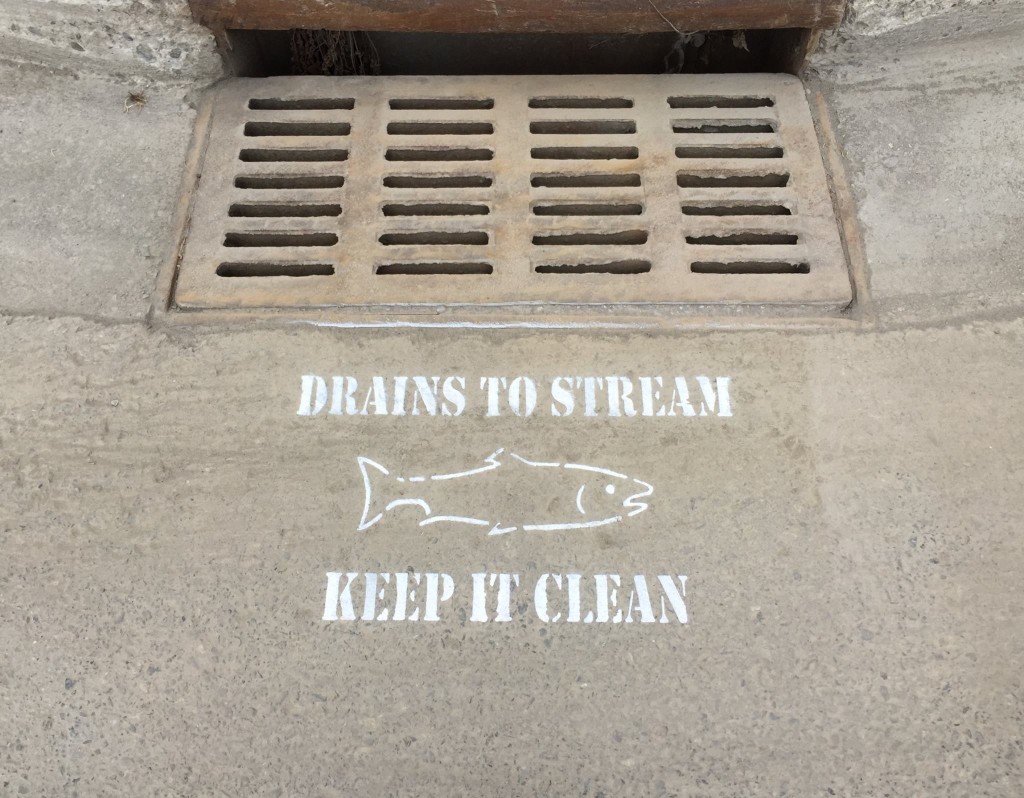
Kenai River Baseline Water Quality Monitoring Program
Click above to learn more about this project
Kenai Watershed Forum has monitored the water quality of the Kenai River watersheds twice a year (once in the spring and once in the summer) since 2000. Thanks to our many partners, we now have a comprehensive and growing understanding of the water quality in our backyard, something we can be proud to pass on to the next generation of water quality sampling volunteers!
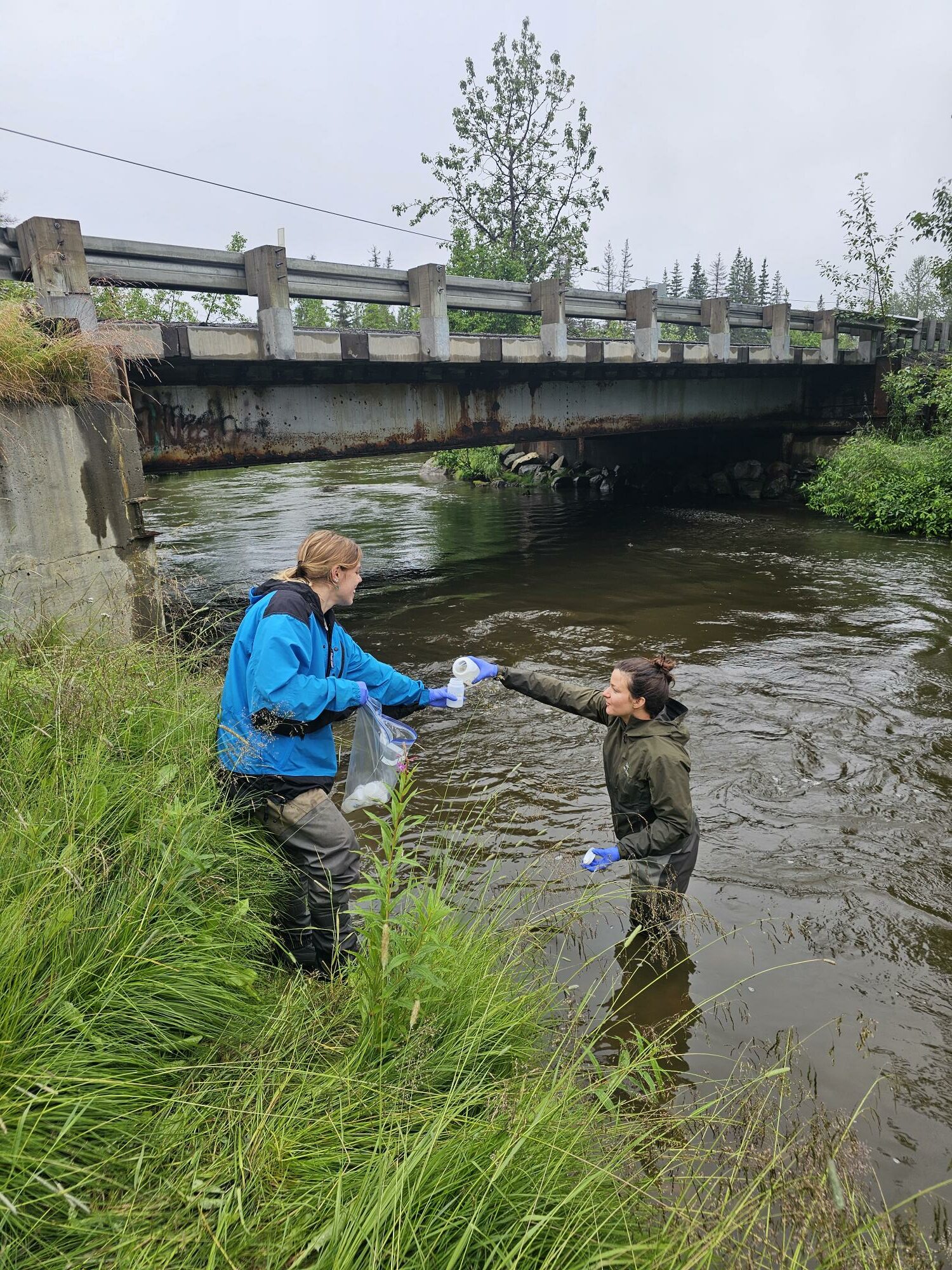
Other Water Research Projects
Click above to learn more about these projects
Kenai Watershed Forum has led a myriad of additional hydrologic monitoring and research projects on the Kenai Peninsula ranging from water temperature, stream discharge, bacteria, and many others. With our modern tools and high-caliber research partners, we provide data and decision making tools to help steward our rivers, lakes, and streams for future generations.
